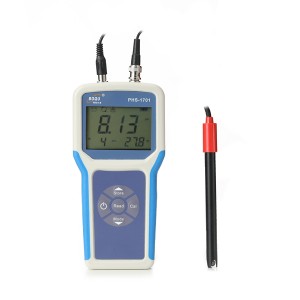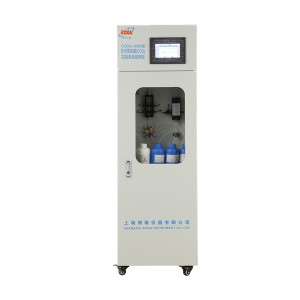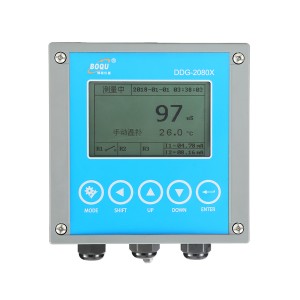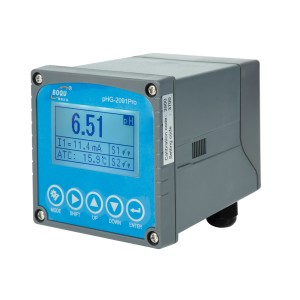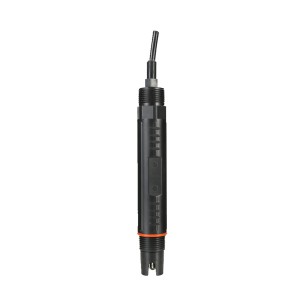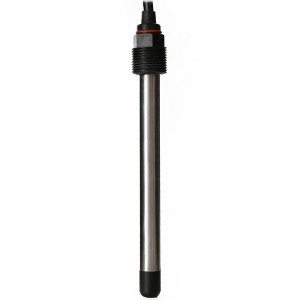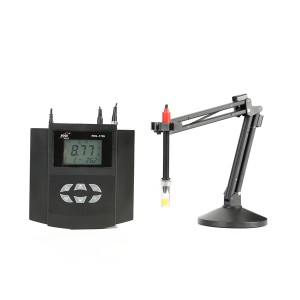In many industrial applications, an acid alkali analyzer is a critical piece of equipment for ensuring the quality of various substances, including chemicals, water, and wastewater. As such, it’s important to properly calibrate and maintain this analyzer to ensure its accuracy and longevity.
In this article, we will provide a step-by-step guide for calibrating and maintaining an acid alkali analyzer, with a focus on best practices.
Choosing the Right Calibration Solution:
Before calibrating your acid alkali analyzer, you need to select the appropriate calibration solution. The calibration solution you choose should have a known pH value that is close to the expected pH range of the samples you will be testing.
An example of the calibration solution:
For example, if you expect to test samples with a pH range between 4 and 6, you should choose a calibration solution with a pH value in that range.
You also need to ensure that the calibration solution is fresh and has not expired. The pH of the calibration solution can change over time, so it’s important to use a solution that is within its expiration date.
If the solution has expired or been contaminated, it may give inaccurate readings and negatively impact the accuracy of your acid alkali analyzer.
Adjusting for Temperature:
The pH of a solution can be affected by temperature, so it’s important to adjust your acid alkali analyzer for temperature before calibrating it. Most analyzers have a temperature compensation feature that allows you to adjust the readings based on the temperature of the sample.
To adjust for temperature, you will need to measure the temperature of the sample and then adjust the pH readings accordingly.
l For example, if your sample is at room temperature (about 25 degrees Celsius), then you would need to subtract 0.11 pH units from the reading. If the sample was heated or cooled to another temperature, you would need to adjust your pH readings using the appropriate equation.
The steps here depend on the actual situation. If you are not sure how to do it, you can ask BOQU’s customer service team. They will be happy to help you with any troubles.
Cleaning the Analyzer:
Regular cleaning is an important part of maintaining your acid alkali analyzer. Over time, contaminants can build up on the electrodes and sensors, which can negatively impact the accuracy of your readings.
To clean the analyzer, you will need to remove any debris or buildup from the electrodes and sensors. You can use a soft-bristled brush or a cotton swab dipped in a cleaning solution to gently remove any buildup. Be sure to follow the manufacturer’s instructions for cleaning and avoid using abrasive materials that could damage the electrodes.
Replacing Parts:
Like any piece of equipment, an acid alkali analyzer will eventually need to have parts replaced. The frequency at which you need to replace parts will depend on how often you use the analyzer and the conditions in which it is used.
Some parts that may need to be replaced include electrodes, sensors, and calibration solutions. If you notice that your readings are becoming less accurate, it may be time to replace one or more of these parts.
It’s important to only use replacement parts that are compatible with your specific acid alkali analyzer. Using the wrong parts could negatively impact the accuracy of your readings and potentially damage the analyzer.
Premium Acid Alkali Analyzer Recommends:
BOQU’s Online Acid Alkali Concentration Meter is a top-quality Acid Alkali Analyzer that is perfect for industrial applications. Here are some of its key advantages:
Accurate Measurement
This analyzer can measure a wide range of acid and alkali concentrations with high accuracy and stability, making it an ideal choice for precise industrial applications.
Chemical Resistant and Durable
The electrode of this analyzer is made of chemical-resistant materials, ensuring it is not easily affected by dirt or grime. The analyzer is also resistant to fouling, making it durable and long-lasting.
Conductivity Sensor Technology
This analyzer uses conductivity sensor technology that eliminates clogging and polarization errors, ensuring high performance and accuracy in all areas of contact electrodes.
Flexible Installation
This analyzer can accommodate a wide range of brackets and uses a common bulkhead mounting structure, making it easy to install in a variety of industrial environments.
Overall, BOQU’s Online Acid Alkali Concentration Meter delivers accurate and stable measurements are resistant to harsh chemicals and fouling, and is easy to install. It is an excellent choice for industrial applications in power plants, fermentation, tap water, and industrial water.
Best Practices For Calibrating And Maintaining Your Acid Alkali Analyzer:
Now that we’ve covered some of the specific steps for calibrating and maintaining your acid alkali analyzer, let’s take a look at some general best practices to follow:
Follow the manufacturer’s instructions:
The manufacturer of your acid alkali analyzer will provide specific instructions for calibration and maintenance. It’s important to follow these instructions closely to ensure that you are using the analyzer correctly and that you are not damaging any components.
Keep track of calibration and maintenance schedules:
It’s important to keep track of when your acid alkali analyzer was last calibrated and maintained. This will help you to identify when it’s time to perform these tasks again and to ensure that your analyzer is always functioning at its best.
Use protective equipment:
When handling calibration solutions or cleaning solutions, be sure to wear appropriate protective equipment such as gloves and eye protection. These solutions can be corrosive and harmful if they come into contact with your skin or eyes.
Store calibration solutions properly:
Calibration solutions should be stored in a cool, dry place, away from direct sunlight and heat sources. This will help to ensure that the solution maintains its pH value and does not become contaminated.
Address any issues promptly:
If you notice that your readings are becoming less accurate or that the analyzer is not functioning properly, address these issues promptly. Waiting too long to address these issues could lead to further damage to the analyzer or inaccurate readings.
Final words:
Calibrating and maintaining your acid alkali analyzer is essential for ensuring the accuracy and longevity of this important piece of equipment. By following the best practices outlined in this article, you can ensure that your analyzer is functioning at its best and providing accurate readings.
Remember to choose the right calibration solution, adjust for temperature, clean the analyzer regularly, replace parts as needed, and follow the manufacturer’s instructions for calibration and maintenance. With proper care and maintenance, your acid alkali analyzer can provide accurate readings for years to come.
Post time: Apr-14-2023


